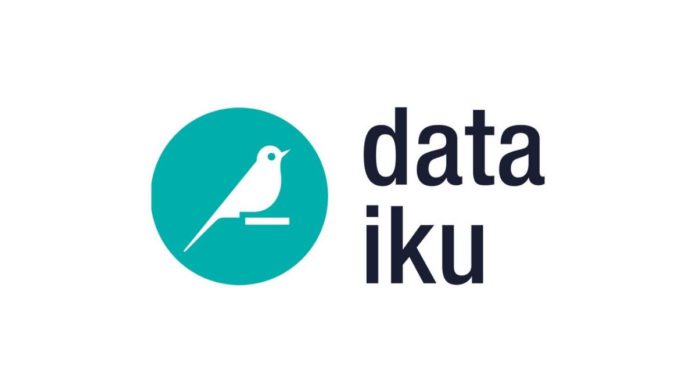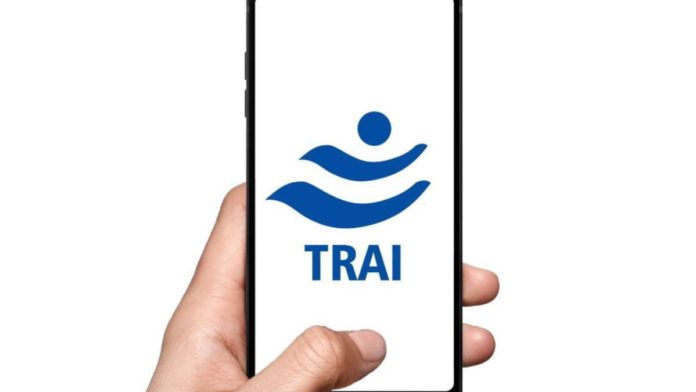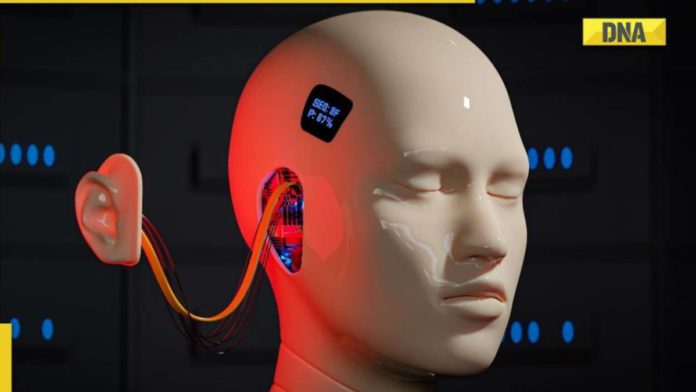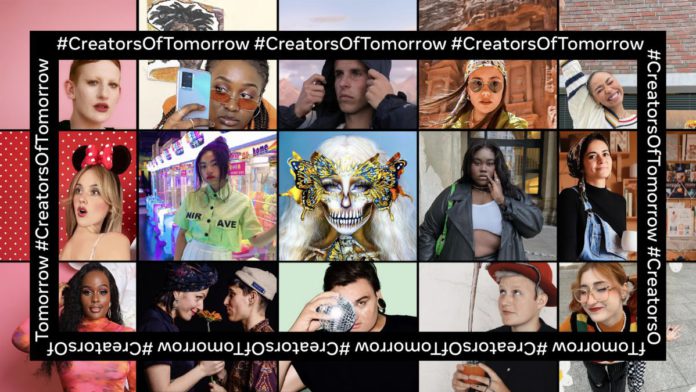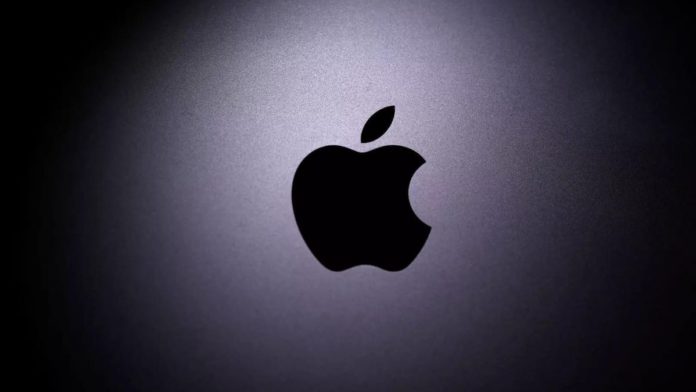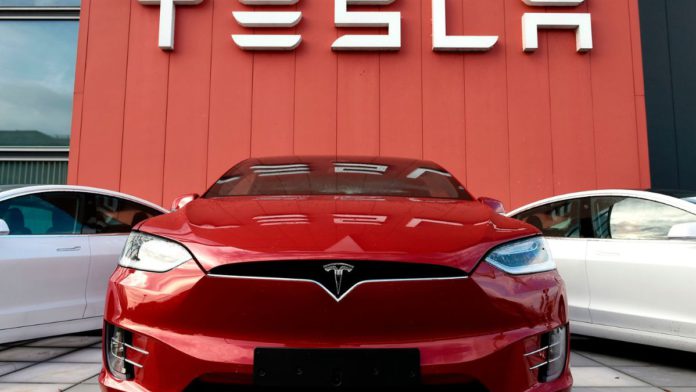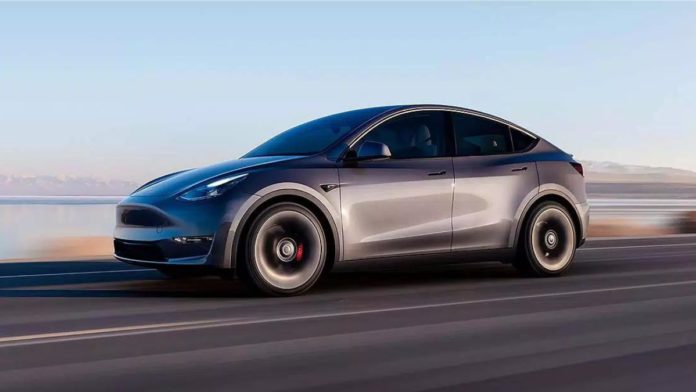Dataiku has released a new documentary series, “AI & Us.” The series focuses on how artificial intelligence has become highly accessible nowadays and is revolutionizing many industries. The company believes it will build a connection between enterprises and AI while enlightening entrepreneurs to create and provide insightful services.
The series was screened on 7 September, with the first episode, “Dressed by Machines,” discussing AI in the fashion industry. It depicted how AI helps deliver customized recommendations in creating and forecasting trends. Dataiku claimed that the lifetime of an average trend or style is only five weeks, given the society’s interest in “fast fashion.”
The premier episode also presents a project with a “reactive reality rig”, a turntable connected to a camera to take 360-degree images of a fashion ensemble. These images are instantly processed into a 3D version that users can use to fit their scanned faces and body measurements. The idea is to create a 3D avatar that can virtually “try” on the outfit.
Read More: TRAI extends deadline to submit paper on ways to leverage AI and big data
Nevertheless, the technology is not intended to replace the designers or models from showcasing fashion ensembles. Costas Kazantzi, a creative technologist at Fashion Innovation Agency, said, “AI cannot replace the fashion designer from a fashion perspective. However, I believe the very element of artificial intelligence is about randomness.” He added that AI would help in diversifying the creative process.
Shaun McGirr, a data scientist and VP of AI strategy at Dataiku, is hosting the series. McGirr will introduce more interesting use cases in the proceeding episodes and some ethical question-answers that show society’s perception of AI.


